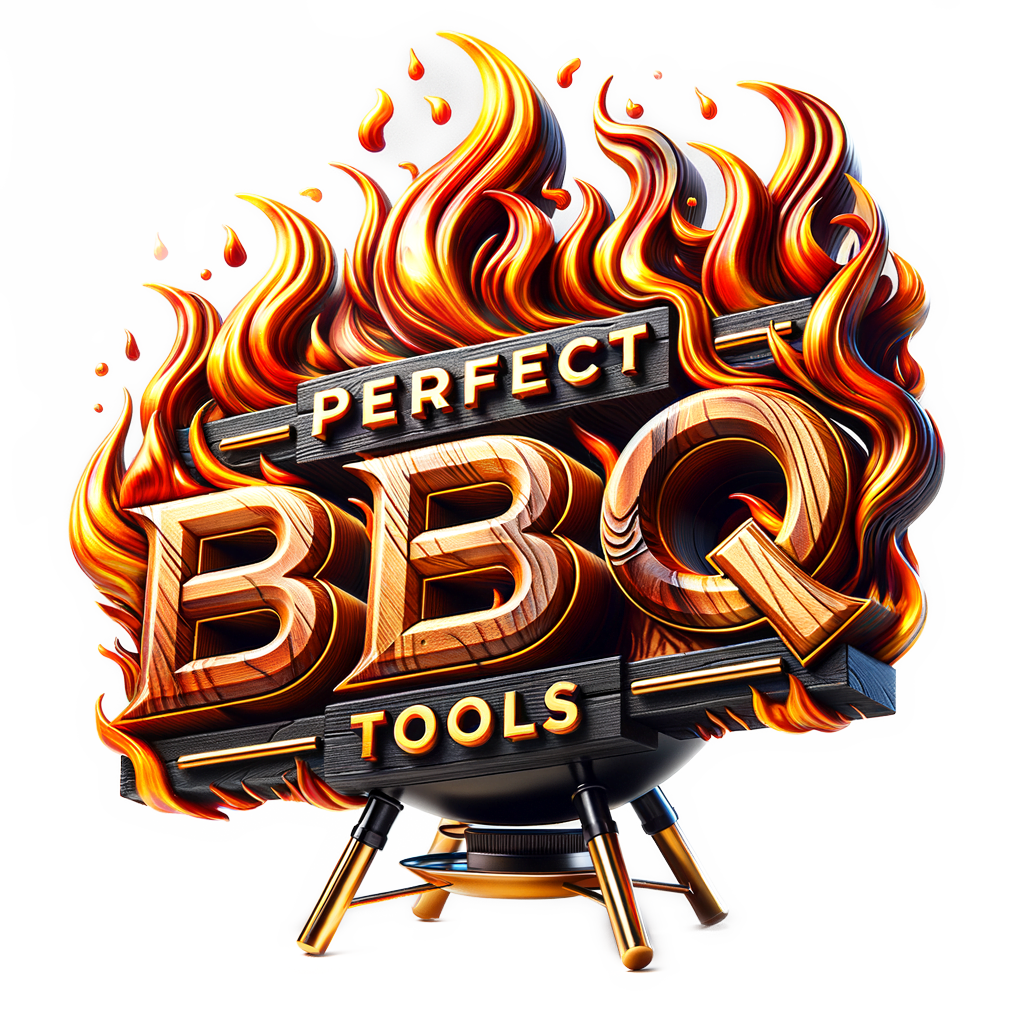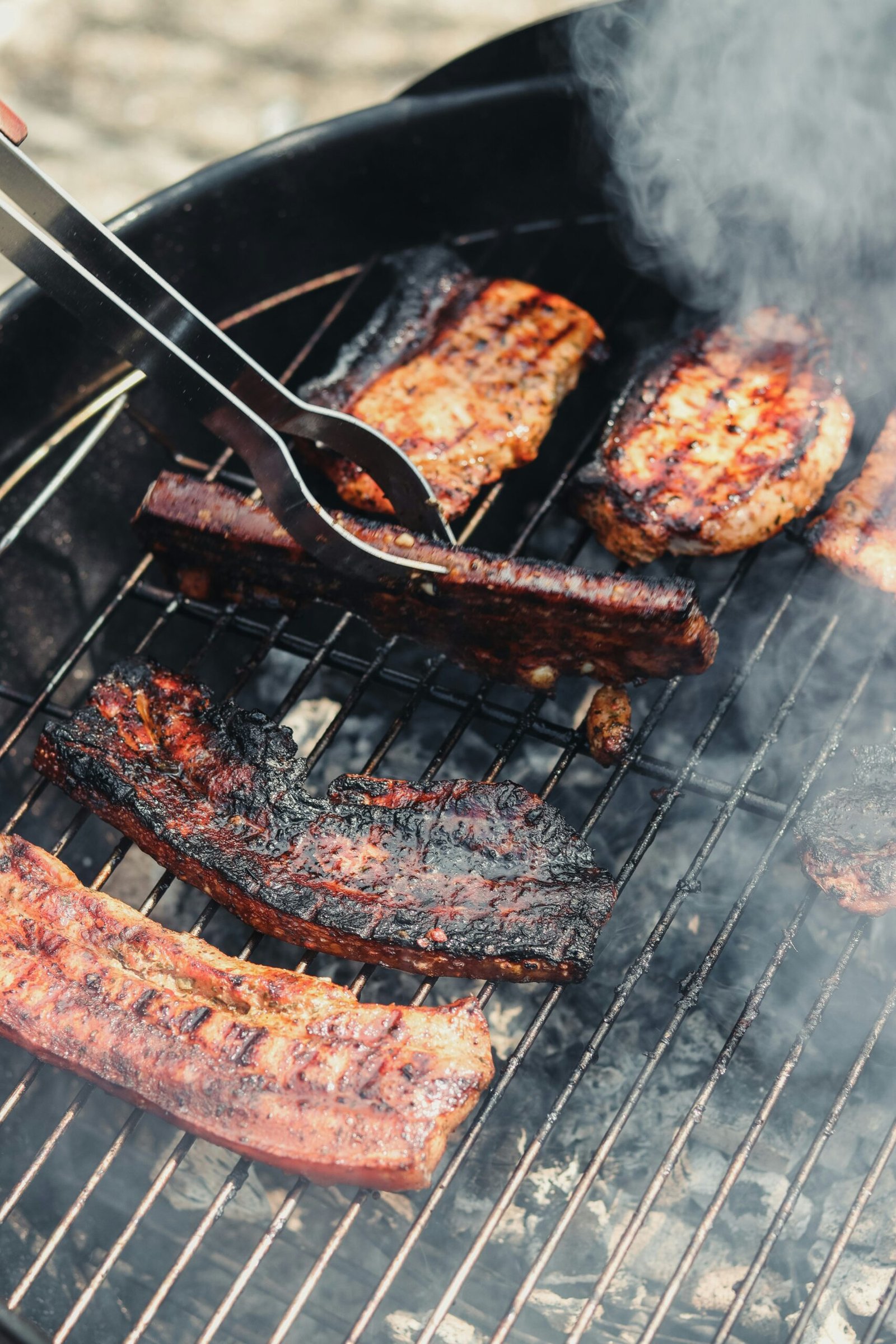If you’re a grilling enthusiast or someone who simply enjoys a good barbecue, you may have wondered about the different types of grilling surfaces. From the classic charcoal grill to the modern gas grill, there are various options available to suit every grilling preference. In this article, we will explore these different types of grilling surfaces and discover their unique qualities that make them perfect for creating delicious outdoor meals. So, whether you’re new to grilling or a seasoned pro, get ready to fire up the grill and uncover the wonders of these diverse grilling surfaces. There are various types of grilling surfaces available for different types of grills. Each surface material has its own set of pros and cons that can greatly affect your grilling experience. Let’s explore the different grilling surfaces for charcoal grills, gas grills, electric grills, propane grills, infrared grills, smoker grills, kamado grills, pellet grills, and rotisserie grills, and discuss the factors to consider when choosing the right grilling surface for your needs.
Charcoal Grill Surfaces
Cast Iron Grates: Pros and Cons
Cast iron grates are a popular choice for charcoal grills due to their excellent heat retention and distribution. They provide an even cooking surface, resulting in evenly cooked food with beautiful sear marks. The durable cast iron material can withstand high temperatures and also holds heat well, making it ideal for grilling thicker cuts of meat. However, cast iron grates require regular maintenance to prevent rusting and need to be seasoned properly to maintain their non-stick properties.
Stainless Steel Grates: Pros and Cons
Stainless steel grates are another common choice for charcoal grills. They are known for their durability and resistance to rust. Stainless steel grates are easy to clean and require less maintenance compared to cast iron grates. However, they do not retain heat as well as cast iron, which can lead to uneven cooking. Food may also be prone to sticking on stainless steel surfaces, making it important to oil the grates before grilling.
Enamel-coated Cast Iron Grates: Pros and Cons
Enamel-coated cast iron grates combine the benefits of cast iron and the easy maintenance of enamel coating. These grates retain heat like traditional cast iron grates, but the enamel coating prevents rusting and simplifies the cleaning process. Enamel-coated cast iron grates can provide excellent sear marks while also being resistant to food sticking. However, they are more prone to chipping and cracking compared to regular cast iron grates.
Gas Grill Surfaces
Cast Iron Grates: Pros and Cons
Gas grills often feature cast iron grates due to their ability to retain and distribute heat effectively. Cast iron grates can provide that desired sear on meat and offer great versatility for cooking different types of food. However, they do require regular maintenance to prevent rusting and can be challenging to clean. Cast iron grates can also be heavy and take longer to heat up.
Stainless Steel Grates: Pros and Cons
Stainless steel grates are a popular choice for gas grills due to their durability and low maintenance requirements. They are resistant to rust and easy to clean, making them a convenient option. Stainless steel grates also heat up quickly, which can be advantageous for those who want to start grilling right away. However, they may not provide the same level of heat retention as cast iron grates, potentially leading to uneven cooking.
Porcelain-coated Cast Iron Grates: Pros and Cons
Porcelain-coated cast iron grates combine the advantages of cast iron with the benefits of a porcelain coating. These grates retain heat well, resulting in even cooking, while the porcelain coating prevents rust and simplifies cleaning. Porcelain-coated cast iron grates also offer a non-stick cooking surface, making it easier to grill delicate foods. However, the porcelain coating can chip or crack over time, requiring careful handling and maintenance.
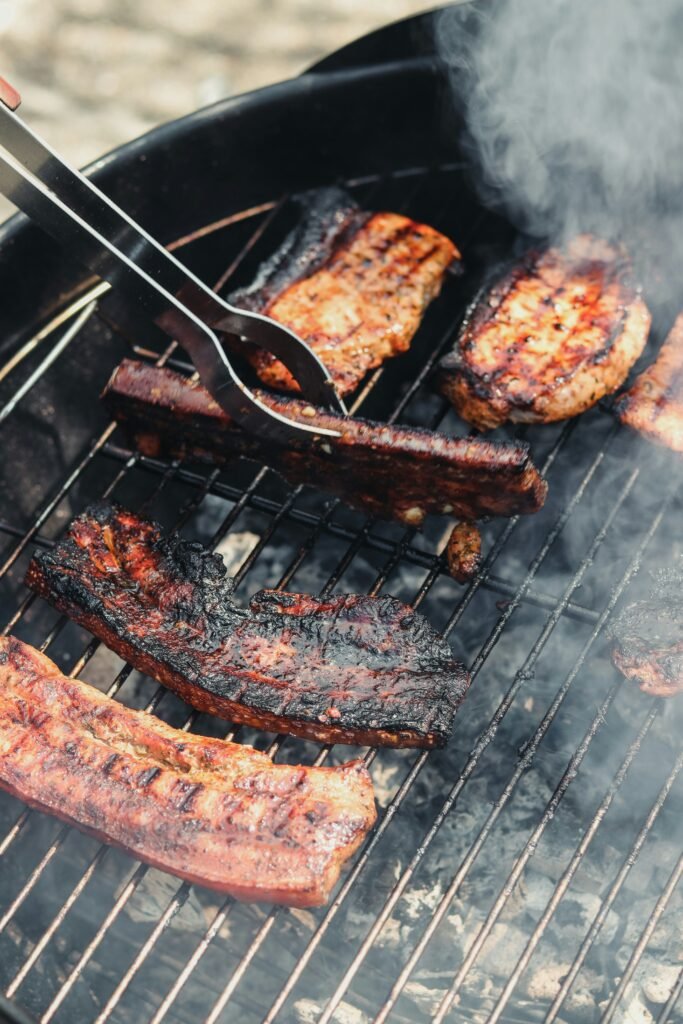
Electric Grill Surfaces
Non-stick Grilling Surfaces: Pros and Cons
Electric grills often come with non-stick grilling surfaces, typically made of materials like Teflon or ceramic. These surfaces make cooking and cleaning incredibly easy since food is less likely to stick. Non-stick grilling surfaces require minimal maintenance and are ideal for grilling smaller items like vegetables or delicate seafood. However, they may not provide the same flavor or sear marks as traditional grates, and the non-stick coating can wear off over time or at high temperatures.
Cast Aluminum Grill Plates: Pros and Cons
Some electric grills feature cast aluminum grill plates that are known for their excellent heat distribution. Cast aluminum heats up quickly and provides even cooking. These grill plates are lighter than cast iron or stainless steel, making them easier to handle and store. However, they may not retain heat as well as other materials, potentially leading to longer cooking times. Cast aluminum grill plates also require proper cleaning and maintenance to avoid discoloration and oxidation.
Propane Grill Surfaces
Cast Iron Grates: Pros and Cons
Propane grills often feature cast iron grates for their exceptional heat retention and distribution properties. Cast iron grates can provide perfect sear marks and even cooking. They are also highly durable and able to withstand high temperatures and heavy use. However, cast iron grates require regular seasoning and maintenance to prevent rusting. They can be heavy and take longer to heat up compared to other materials.
Stainless Steel Grates: Pros and Cons
Stainless steel grates are a popular choice for propane grills due to their durability and ease of maintenance. They can withstand high temperatures and are resistant to rust. Stainless steel grates are also lightweight and heat up quickly, making them convenient for grilling on propane grills. However, they may not retain heat as well as cast iron grates, potentially leading to uneven cooking. Food may also be more prone to sticking on stainless steel surfaces.
Porcelain-coated Steel Grates: Pros and Cons
Porcelain-coated steel grates offer a combination of durability and easy maintenance. The porcelain coating prevents rust and simplifies cleaning while the steel grates provide good heat retention. These grates can produce attractive sear marks and are resistant to food sticking. However, the porcelain coating can chip or crack over time, requiring regular maintenance and careful handling.
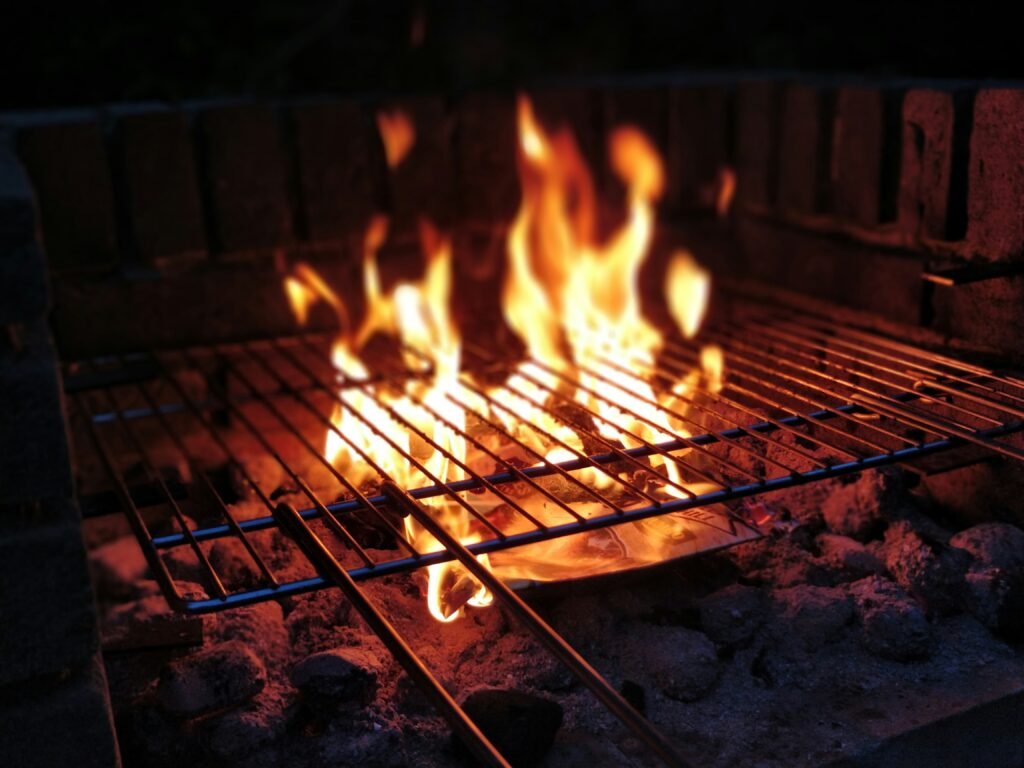
Infrared Grill Surfaces
Stainless Steel Emitter Plates: Pros and Cons
Infrared grills use stainless steel emitter plates instead of traditional grates. These plates have tiny holes that emit infrared heat, resulting in intense and even heat distribution. The high heat generated quickly sears the food, locking in the juices and flavors. Stainless steel emitter plates are easy to clean and require less maintenance compared to other materials. However, they may not provide the same grill marks as traditional grates, and the intense heat can be challenging to control for some cooking techniques.
Ceramic Infrared Burner System: Pros and Cons
Some infrared grills utilize a ceramic infrared burner system. The ceramic burner emits intense heat that quickly cooks food while locking in moisture and flavors. Ceramic infrared burners can reach extremely high temperatures and provide excellent sear marks. They are also fuel-efficient and distribute heat evenly. However, the intense heat may take some time to get used to when it comes to temperature control and cooking techniques. Ceramic burners can also be delicate and require careful handling and maintenance.
Smoker Grill Surfaces
Chrome-plated Grates: Pros and Cons
Smoker grills often have chrome-plated grates that are known for their resistance to rust and easy maintenance. Chrome-plated grates provide a durable and non-stick surface, making them ideal for smoking delicate foods. They are also relatively inexpensive compared to other materials. However, chrome plating can degrade over time, potentially exposing the underlying metal to rust. These grates may not retain heat as well as some other materials, affecting the cooking process.
Porcelain-coated Cast Iron Grates: Pros and Cons
Porcelain-coated cast iron grates are another option for smoker grills. These grates offer excellent heat retention and distribution, resulting in even smoking. The porcelain coating prevents rust and makes cleaning easier. Porcelain-coated cast iron grates can produce sear marks while also being non-stick. However, the porcelain coating can chip or crack, requiring careful handling and maintenance to prevent rusting.
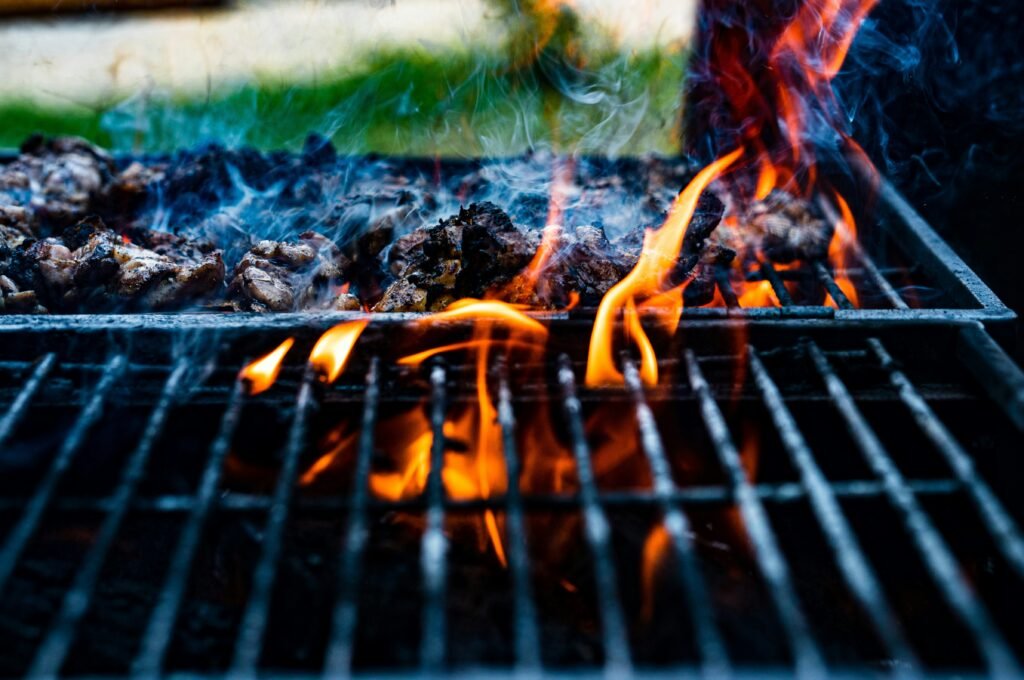
Kamado Grill Surfaces
Ceramic Grate Surfaces: Pros and Cons
Kamado grills often feature ceramic grate surfaces that are highly durable and retain heat exceptionally well. Ceramic grates create a superior cooking environment, allowing for even heat distribution and optimal moisture retention. They produce excellent sear marks and are resistant to rust. However, ceramic grates can be expensive and require proper cleaning and maintenance to prevent discoloration and cracking.
Cast Iron Grate Surfaces: Pros and Cons
Cast iron grate surfaces are another option for kamado grills. As mentioned before, cast iron grates have excellent heat retention and distribution. They can produce beautiful sear marks and offer versatility for cooking various types of food. However, cast iron grates require regular maintenance to prevent rusting and may be heavier compared to other materials.
Pellet Grill Surfaces
Porcelain-coated Grates: Pros and Cons
Pellet grills often come with porcelain-coated grates that are resistant to rust and easy to clean. The porcelain coating prevents food from sticking and simplifies maintenance. Porcelain-coated grates can provide good heat retention and distribution. They are also less likely to chip or crack compared to porcelain-coated steel. However, they may not provide the same level of heat retention as cast iron or stainless steel grates, potentially affecting cooking times.
Stainless Steel Grates: Pros and Cons
Stainless steel grates are also an option for pellet grills. They offer durability and resistance to rust, making them ideal for outdoor cooking. Stainless steel grates heat up quickly and can provide good sear marks. They are also easy to clean and require minimal maintenance. However, stainless steel grates may not retain heat as well as cast iron or porcelain-coated grates, potentially leading to longer cooking times.
Rotisserie Grill Surfaces
Stainless Steel Spit Rods: Pros and Cons
Rotisserie grills feature stainless steel spit rods that are durable and resistant to rust. Stainless steel spit rods can withstand high temperatures and heavy loads, making them suitable for rotisserie cooking. They are easy to clean and maintain, requiring minimal effort. However, stainless steel spit rods can be more expensive compared to chrome-plated rods.
Chrome-plated Spit Rods: Pros and Cons
Chrome-plated spit rods are another option for rotisserie grills. They are generally less expensive compared to stainless steel rods and offer good durability. Chrome plating provides resistance to rust and simplifies cleaning. However, the chrome plating can degrade over time, potentially exposing the underlying metal to rust. Chrome-plated spit rods may not be as heat-resistant as stainless steel, requiring care when handling and cooking.
Factors to Consider when Choosing Grilling Surfaces
When choosing the right grilling surface, there are several factors to consider:
Temperature Control and Heat Distribution
Different grilling surfaces have varying abilities to control temperature and distribute heat evenly. Consider the type of food you will be cooking and the cooking techniques you plan to use. Cast iron and ceramic surfaces are known for their excellent heat retention and distribution, while stainless steel surfaces heat up quickly but may not retain heat as well.
Maintenance and Cleaning
Some grilling surfaces require more maintenance and cleaning than others. Cast iron and non-stick surfaces may need regular seasoning or oiling to prevent rusting or sticking. Porcelain-coated surfaces may require delicate handling to avoid chipping or cracking. Consider your willingness to invest time and effort in maintaining and cleaning the grilling surface.
Durability and Rust Resistance
Durability and resistance to rust are crucial factors to consider, especially for outdoor grills exposed to the elements. Stainless steel, porcelain-coated surfaces, and some chrome-plated surfaces offer good rust resistance. Cast iron surfaces require seasoning and proper maintenance to prevent rusting.
Food Flavor and Cooking Style
The grilling surface material can affect the flavor and cooking style of your food. Cast iron and ceramic surfaces are often preferred for creating the desired sear and imparting a smoky flavor. Non-stick surfaces are suitable for grilling delicate foods. Consider the type of food you typically cook and the flavor profile you desire.
Price and Availability
The cost of the grilling surface and its availability in the market should also be considered. Cast iron and porcelain-coated surfaces are typically more expensive compared to stainless steel or non-stick surfaces. Availability may vary depending on the type of grill and its accessories.
In conclusion, choosing the right grilling surface for your grill is essential to enhance your grilling experience. Consider the advantages and disadvantages of each surface material, along with factors like temperature control, maintenance, durability, food flavor, and price. Understanding these factors will help you make an informed decision and enjoy delicious grilled meals for years to come.
